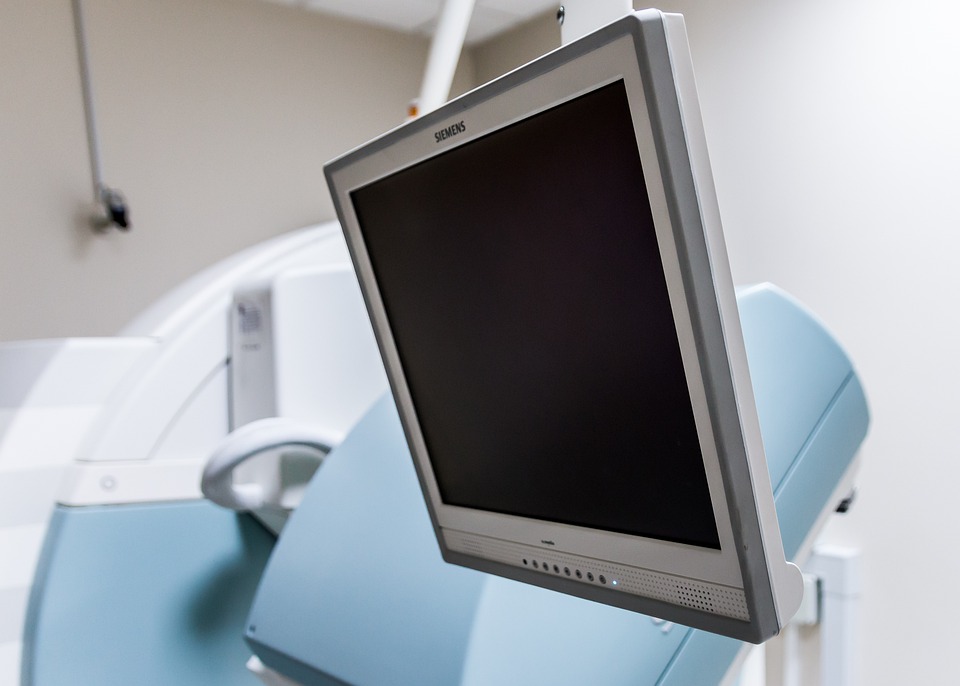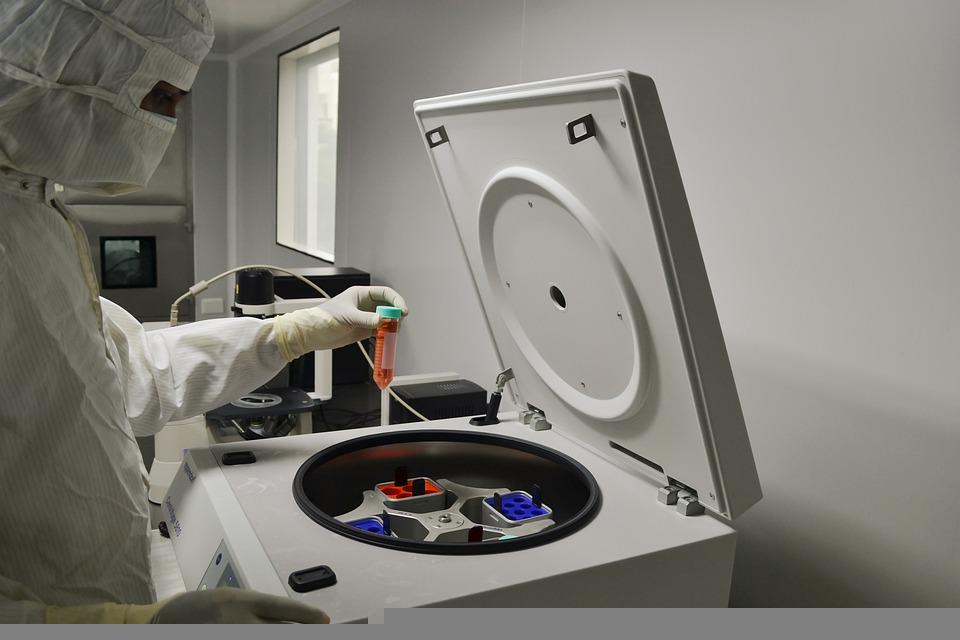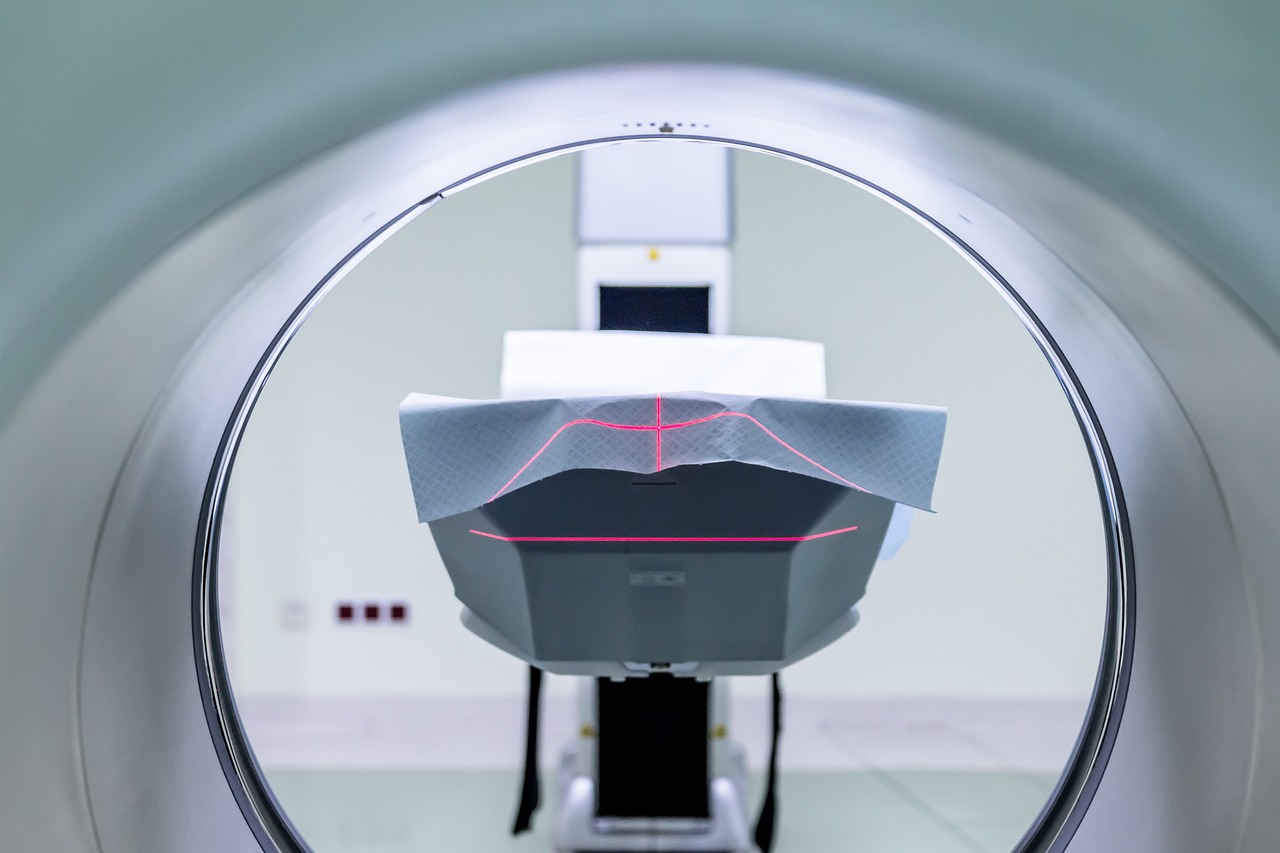Early Beginnings
The concept of telemedicine dates back to the 1960s, when early efforts were made to utilize technology to provide healthcare services remotely. Some of the key milestones in the early days of telemedicine include:
- 1959: The first telemedicine consultation was conducted between the Nebraska Psychiatric Institute and Norfolk State Hospital.
- 1967: The Boston City Hospital established the first hospital-based telemedicine program, connecting the hospital with Logan International Airport.
- 1970s: NASA developed telemedicine systems to monitor the health of astronauts during space missions.
Technological Advancements
Over the years, advancements in technology have significantly enhanced the capabilities of telemedicine. Some of the key technological breakthroughs that have shaped the evolution of telemedicine include:
- Internet and Broadband Connectivity: The widespread availability of the internet and high-speed broadband has enabled real-time video consultations and remote data transmission.
- Mobile Devices: The proliferation of smartphones and tablets has made telemedicine more accessible and convenient for both patients and healthcare providers.
- Wearable Devices: Innovative wearable technologies, such as fitness trackers and remote monitoring devices, have enabled continuous health data collection and remote patient monitoring.
- Cloud Computing: Cloud-based platforms have facilitated secure storage and sharing of medical data, enabling seamless telemedicine services.
- Artificial Intelligence: Advancements in artificial intelligence (AI) have led to the development of intelligent virtual assistants, remote diagnosis tools, and predictive analytics for personalized healthcare.
Benefits of Telemedicine
Patient Convenience
Telemedicine offers a range of benefits that enhance patient convenience, including:
- Reduced Travel Time: Patients can receive care from the comfort of their homes, eliminating the need for lengthy commutes to healthcare facilities.
- Flexible Scheduling: Telemedicine appointments can be scheduled at the patient’s convenience, reducing the need to take time off from work or other commitments.
- Improved Access: Patients in remote or underserved areas can access specialized healthcare services that may not be readily available in their local communities.
Increased Accessibility
Telemedicine has the potential to significantly improve healthcare accessibility, particularly for individuals living in rural or underserved areas. Some of the key benefits include:
- Reaching Underserved Populations: Telemedicine can bridge the gap in healthcare access for populations living in remote or economically disadvantaged regions.
- Overcoming Geographic Barriers: Patients can receive care from healthcare providers located in different regions, overcoming limitations posed by physical distance.
- Improved Chronic Disease Management: Telemedicine enables continuous monitoring and management of chronic conditions, leading to better health outcomes.
| Traditional Healthcare Visit | Telemedicine Consultation |
|---|---|
| Requires travel to a healthcare facility | Conducted from the patient’s location |
| Often scheduled weeks or months in advance | Can be scheduled more conveniently |
| Limited access for patients in remote or underserved areas | Improved accessibility for patients in various locations |
| Higher costs associated with transportation and time off work | Lower costs due to reduced travel and time spent |
Types of Telemedicine Services
Synchronous Telemedicine
Synchronous telemedicine involves real-time, interactive communication between the patient and the healthcare provider. Some key features of synchronous telemedicine include:
- Live Video Consultations: Patients and healthcare providers engage in face-to-face conversations using video conferencing technology.
- Remote Examinations: Healthcare providers can conduct virtual examinations and assessments using specialized equipment and devices.
- Instant Consultations: Patients can receive immediate care for urgent or acute conditions through virtual visits.
Asynchronous Telemedicine
Asynchronous telemedicine, also known as “store-and-forward” telemedicine, involves the exchange of medical information, such as medical images or data, between the patient and the healthcare provider. This approach offers the following benefits:
- Flexibility: Patients and providers can communicate at their convenience, without the need for real-time interaction.
- Efficiency: Asynchronous telemedicine can streamline the diagnostic process and reduce wait times for specialist consultations.
- Remote Monitoring: Patients can transmit health data, such as vital signs or test results, to their healthcare providers for ongoing monitoring and management.
| Telemedicine Service | Description | Applications |
|---|---|---|
| Synchronous | Real-time, interactive communication between patient and provider | – Live video consultations<br>- Remote examinations<br>- Instant consultations |
| Asynchronous | Exchange of medical information, such as images or data, without the need for real-time interaction | – Remote monitoring<br>- Specialist consultations<br>- Chronic disease management |
| Remote Monitoring | Continuous collection and transmission of patient health data to healthcare providers | – Chronic disease management<br>- Post-discharge monitoring<br>- Preventive care |
Challenges and Limitations

Technology Barriers
While technological advancements have been a driving force behind the growth of telemedicine, there are still some barriers that need to be addressed:
- Connectivity Issues: Reliable high-speed internet and stable network connectivity are essential for effective telemedicine, but may not be available in all regions.
- Device Accessibility: Not all patients may have access to the necessary devices, such as smartphones or tablets, to participate in telemedicine services.
- User Adoption: Some patients and healthcare providers may face challenges in adapting to new telemedicine technologies and workflows.
Privacy Concerns
Ensuring the privacy and security of patient information is a critical aspect of telemedicine. Some of the key privacy concerns include:
- Data Security: Telemedicine platforms must implement robust security measures to protect sensitive medical data during transmission and storage.
- Regulatory Compliance: Healthcare providers must comply with various privacy regulations, such as the Health Insurance Portability and Accountability Act (HIPAA), to ensure the confidentiality of patient information.
- Patient Consent: Patients must provide informed consent before engaging in telemedicine services, and their privacy preferences must be respected.
| Challenge | Potential Solutions |
|---|---|
| Connectivity Issues | – Investing in infrastructure to improve internet access<br>- Developing telemedicine solutions that are optimized for low-bandwidth environments |
| Device Accessibility | – Providing subsidized or loaned devices to patients in need<br>- Offering training and technical support for device usage |
| User Adoption | – Implementing user-friendly telemedicine platforms<br>- Providing comprehensive training and support for both patients and healthcare providers |
| Data Security | – Implementing end-to-end encryption and other cybersecurity measures<br>- Adhering to industry standards and regulatory requirements |
| Regulatory Compliance | – Ensuring compliance with relevant privacy laws and regulations<br>- Obtaining necessary patient consent and data-sharing agreements |
The Future of Telemedicine
Artificial Intelligence in Telemedicine
Advancements in artificial intelligence (AI) are poised to revolutionize the field of telemedicine. Some of the key AI-driven innovations include:
- Virtual Assistants: AI-powered virtual assistants can provide personalized health advice, schedule appointments, and even assist with remote monitoring and diagnosis.
- Predictive Analytics: AI algorithms can analyze patient data to predict health outcomes, identify risk factors, and provide personalized treatment recommendations.
- Automated Diagnosis: AI-based diagnostic tools can assist healthcare providers in analyzing medical images, interpreting test results, and making more accurate diagnoses.
Wearable Technology
The integration of wearable devices with telemedicine services can enhance remote monitoring and patient engagement. Some of the key features of wearable technology in telemedicine include:
- Continuous Health Monitoring: Wearable devices can track vital signs, activity levels, and other health indicators to provide real-time data to healthcare providers.
- Remote Chronic Disease Management: Wearable devices can help patients with chronic conditions, such as diabetes or heart disease, to better manage their health through remote monitoring and intervention.
- Early Intervention: Wearable sensors can detect early signs of health issues, enabling proactive interventions and preventing potential complications.
| Future Trend | Potential Impact |
|---|---|
| Artificial Intelligence | – Improved diagnostic accuracy<br>- Personalized treatment recommendations<br>- Automated patient care |
| Wearable Technology | – Enhanced remote monitoring and data collection<br>- Improved chronic disease management<br>- Early detection of health issues |
| Integrated Telehealth Platforms | – Seamless coordination of various telemedicine services<br>- Improved patient experience and care continuity<br>- Increased adoption and utilization of telemedicine |
| 5G and Edge Computing | – Faster data transmission for real-time telemedicine services<br>- Reduced latency and improved reliability<br>- Expanded possibilities for remote surgical procedures |
| Augmented Reality and Virtual Reality | – Immersive patient-provider interactions<br>- Enhanced remote examinations and consultations<br>- Improved training and education for healthcare professionals |
Case Studies
Rural Healthcare Improvement
In a rural community in the Midwest United States, a local hospital implemented a comprehensive telemedicine program to address the healthcare needs of its underserved population. The key outcomes of this initiative include:
- Improved access to specialized healthcare services, such as cardiology and psychiatry, for residents living in remote areas.
- Reduced travel time and costs for patients, leading to increased engagement in their healthcare.
- Decreased hospital readmission rates, especially for patients with chronic conditions, through enhanced remote monitoring and follow-up care.
- Successful integration of telemedicine into the hospital’s existing healthcare delivery model, resulting in increased patient satisfaction and improved health outcomes.
Chronic Disease Management
A large healthcare system in the Northeastern United States launched a telemedicine-based program to enhance the management of chronic conditions, such as diabetes and heart disease. The key results of this initiative include:
- Increased patient engagement and adherence to treatment plans through regular virtual check-ins and personalized health coaching.
- Improved clinical outcomes, with reduced hospital admissions and better control of chronic disease biomarkers.
- Cost savings for the healthcare system, as telemedicine consultations and remote monitoring helped prevent costly complications and hospitalizations.
- High patient satisfaction, with most participants reporting improved quality of life and better management of their chronic conditions.
| Case Study | Key Takeaways |
|---|---|
| Rural Healthcare Improvement | – Increased access to specialized healthcare services<br>- Reduced travel time and costs for patients<br>- Decreased hospital readmission rates<br>- Successful integration of telemedicine into the healthcare delivery model |
| Chronic Disease Management | – Increased patient engagement and adherence to treatment plans<br>- Improved clinical outcomes and reduced hospital admissions<br>- Cost savings for the healthcare system<br>- High patient satisfaction and better management of chronic conditions |
Conclusion
Telemedicine has emerged as a transformative force in the healthcare industry, revolutionizing the way patients access and receive medical care. From its early beginnings to the current technological advancements, telemedicine has proven to be a game-changer, offering convenient, accessible, and cost-effective healthcare services to patients across the globe.
As we look to the future, the integration of cutting-edge technologies, such as artificial intelligence and wearable devices, will further enhance the capabilities of telemedicine. With the potential to improve patient outcomes, optimize resource utilization, and ultimately reshape the healthcare landscape, telemedicine is poised to become an integral and indispensable component of the 21st-century healthcare ecosystem.







